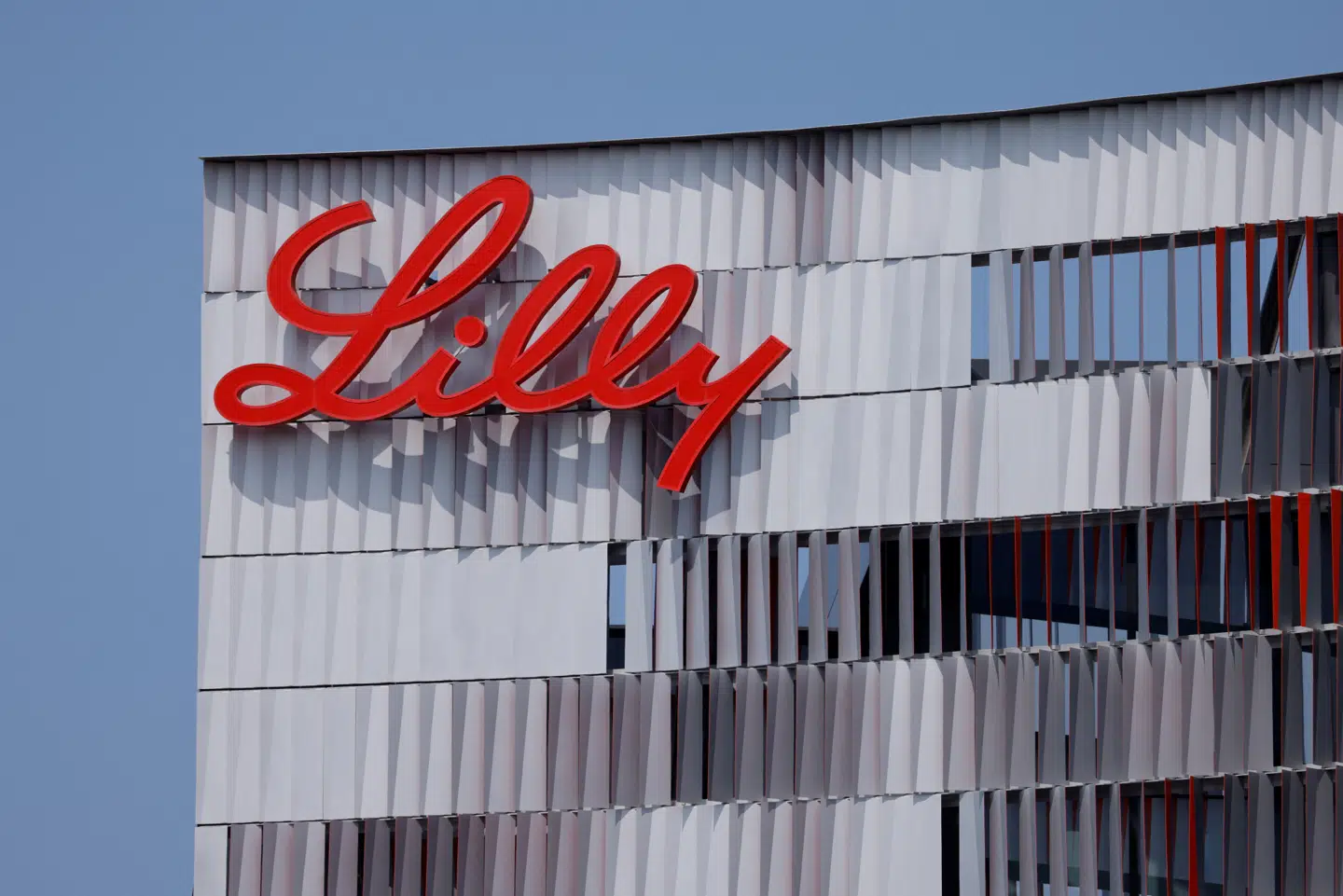The trillion-dollar club has become crowded with mostly tech names riding the AI boom. Eli Lilly might soon join them for a far different reason: the weight-loss bonanza.
Crucially, Lilly’s trajectory doesn’t hinge on artificial-intelligence sentiment or cloud-spending cycles that investors are suddenly questioning .
In fact, it could even benefit from an investor rotation away from technology into other sectors.
Its staying power above a $1 trillion market value will come down to two questions: how quickly it can expand the obesity-drug market and how completely it can dominate it.
On both fronts, its future looks promising. This year, Lilly has moved sharply ahead, securing Medicare access while widening its lead over Wegovy maker Novo Nordisk . That is why investors shouldn’t assume the rally stops at a trillion .
The key thing to remember is that—much like the AI boom—the GLP-1 surge is still in its infancy. Lilly only began selling its weight-loss drug Zepbound in late 2023, and the Food and Drug Administration only declared an end to a supply shortage of obesity drugs last year.
As production has scaled up and new clinical data has emerged, Zepbound has pulled ahead of Wegovy. Despite Zepbound’s later launch, Lilly now captures a clear majority of new obesity-drug prescriptions, a sharp shift in market dynamics.
The shift shows up clearly in market valuations. At the end of March 2024, Novo Nordisk was worth over $500 billion and Lilly more than $700 billion. Since then, the gap has widened: Lilly has surged to about $970 billion, while Novo Nordisk has fallen to around $200 billion.
Under a recent deal with the Trump administration, the GLP-1 makers agreed to lower prices in exchange for broader Medicare and potential Medicaid coverage—an arrangement Lilly says could expand access to its obesity drugs to roughly 40 million additional patients.
That comes at a pivotal moment: Lilly and Novo Nordisk have finally worked through the supply bottlenecks that once capped growth, and they are now preparing to launch pills for weight loss.
Those oral drugs will enter a market that is far more mature, explains Traver Davis , a healthcare strategist at Citi. When the injections debuted, adoption was held back by shortages and uneven insurance coverage.
Lilly’s pill, by contrast, is easier to manufacture at scale and will launch into a market that is now structurally ready to take it up. It will also be cheaper.
What is more, Lilly appears to be only at the beginning of a large international expansion. In the third quarter, Mounjaro’s revenue outside the U.S. jumped to $2.97 billion from $728 million a year earlier.
The company says roughly 75% of those sales were from people with obesity paying for the drug in cash. As markets such as Brazil and Europe open up and reimbursement improves, investors could realize that the global opportunity for GLP-1s might be the real sleeping giant in Lilly’s story.
If Lilly soon crosses the $1 trillion mark, debates over valuation will intensify. The stock trades at roughly 34 times forward earnings—not outrageous for a company growing this quickly, but richer than Nvidia or Microsoft , both closer to 30, and far above the pharma average of about 16. But analysts are steadily revising earnings forecasts upward, a trend that could narrow that premium.
Lilly’s twin brands Mounjaro and Zepbound are expected to generate over $40 billion in annual sales by 2026, rising toward $60 billion by the end of the decade, according to FactSet. That would make tirzepatide—the shared ingredient behind both drugs—the bestselling medicine in history.
By then, Lilly could start to feel the impact from emerging competitors, such as Amgen and Pfizer , which recently acquired obesity biotech Metsera. But the biggest risk to its ability to stay in the trillion-dollar club over the long term is the patent system. Unlike Apple or Nvidia, which in theory can iterate their products indefinitely, drugmakers face a regulatory law of physics: Every blockbuster eventually goes off patent. The result is a built-in cyclicality that even the strongest pipelines can’t escape. As Citi’s Davis puts it, “This will be the biggest patent cliff of all time.”
Lilly has lived through that cycle before. When patents expired on blockbusters such as depression drug Cymbalta , revenue sagged. It wasn’t until 2020 that Lilly’s revenue returned to its 2011 level. That history explains why Lilly is now buying technologies aimed far into the future, including moonshot bets such as Verve Therapeutics’ gene-editing platform .
Those are critical questions, but ones that won’t be settled until well into the next decade. For now, Lilly’s growth engine has plenty of room to keep growing.
